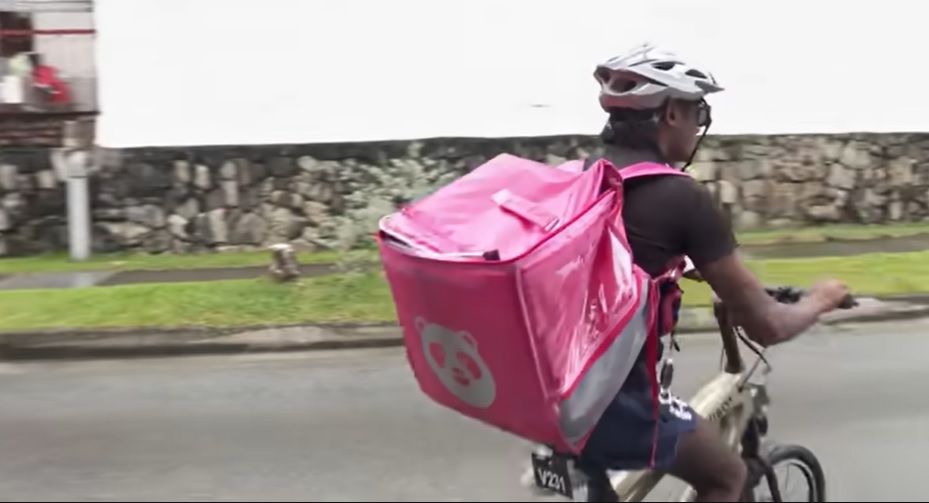SINGAPORE: In Singapore’s Central Business District (CBD), where time is money, SG food riders are racing against the clock. The peak lunch hours are their golden window for making the bulk of their day’s earnings.
Yet, in some high-rise offices and condominiums, these riders face an unexpected hurdle — they are barred from using the passenger lifts and must rely on the service or cargo lifts instead.
This seemingly minor restriction has significant consequences. The wait for the service lift, shared with other service workers, can extend the time it takes to complete a delivery. This delay cuts into the riders’ precious time and directly impacts their income.
SG food riders’ complaints
Peter Yeo, a seasoned rider of seven years, shared with CNA that during the peak lunch hours from 11 am to 2 pm, he can typically complete three to four deliveries an hour in the CBD, earning S$15 (US$11) an hour.
However, the wait for the service lift can add 10 to 15 minutes to each delivery. If these delays accumulate over multiple deliveries, it effectively halves the number of orders he can complete.
Another rider, Choo Yi Hung, with six years of experience, echoed these concerns, stating that lifting restrictions can reduce his earnings by up to 20 percent during lunchtime.
A nine-year veteran rider who wished to remain anonymous recounted an extreme case where he waited up to an hour to deliver an order using the service lift, leading to customer dissatisfaction and poor ratings.
Petition on re-evaluation of building policies
According to the CNA report, the riders have a clear message: “We just send the food only. It’s not a big deal to take the passenger lift.”
Despite this, they often face no choice but to use the service lift, leading them to decline deliveries to buildings known for these restrictions during peak hours.
This issue has not gone unnoticed. SGRiders, an advocacy group for delivery riders, recently raised concerns about managing buildings such as the Bank of Singapore Centre, Mapletree Anson, and Oxley Tower.
In a petition, SGRiders highlighted the significant delays caused by sharing one cargo lift with contractors and other delivery workers. They requested a reevaluation of the building policy to allow riders to use passenger lifts.
However, the building management at the Bank of Singapore Centre believes that the service lift is the most efficient option due to the heavy use of passenger lifts during peak hours. They also encourage tenants to meet delivery riders on the ground floor to collect their food orders.
In a productive meeting with OCBC Property Services, the riders preferred a drop-off point on the ground floor. This solution was widely adopted during the COVID-19 pandemic for contactless deliveries.
This would save time and prevent the need for riders to wait for lifts or customers.
As Singapore’s food delivery industry continues to thrive, the debate over lift access remains a critical issue for riders. With potential solutions on the table, the hope is that a compromise can be reached, allowing riders to easily navigate the CBD and ensure that every minute counts.

